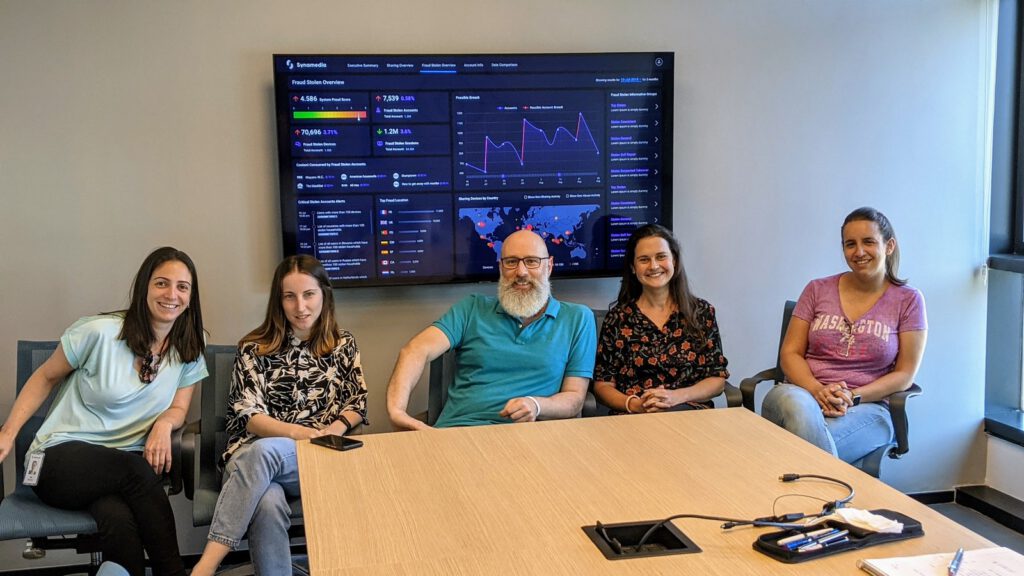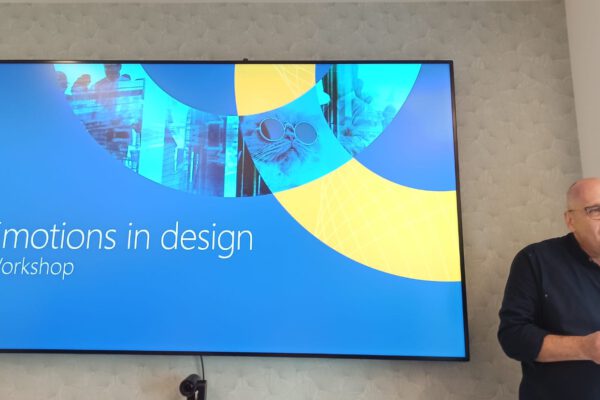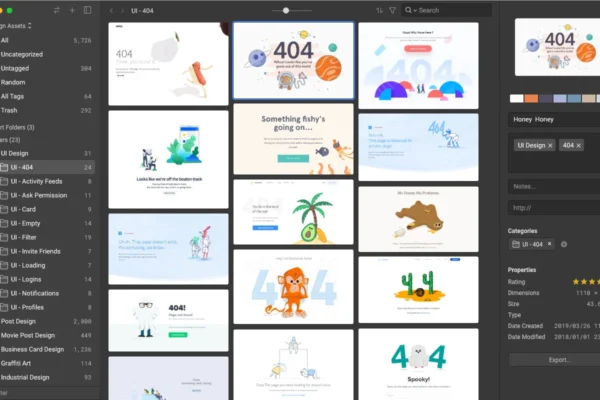We at the SalantID studio are experts in UX characterization and UI design processes. These are complex and complicated processes which require entering the mind of the average user in order to extract as much information as possible about the way they use a system, their state of mind while using a system, and about different pain points or distractions users can face while using a system. We can build systems that will give the best user experience possible from our perspective, but how do we really know this is reflected in the field? For this purpose there are user tests which we use to reveal and understand failures in the construction of a system with the aim of improving it, ultimately providing a better product to customers. Because of this, we as a studio recommend our clients do user testing, whether within the framework of a system we have helped them characterize or on their existing products. In this article, we will describe the workshop and how it can be relevant and adapted for your company and product.
User testing in the studio
Upon examining the various projects our studio has worked on over the years, we found that we had conducted user testing for about 30% of them. This number is respectable, but we would be happy if it were bigger at about 80%. One reason for why we haven’t met this goal is due to the fact that companies have budget considerations as well as time constraints for their various projects. User testing is often pushed to the back of the priorities list unjustifiably. User testing teaches us more than anything about how users react to a new system, which problems have been solved for them and which new problems have been created but can be fixed in a limited and relaxed environment. User testing is a humble way to show that we don’t know everything the users are thinking and that in the end reality wins.
What does the workshop involve?
The workshop our studio provides is divided into four parts:
- Introduction to UX processes: First we talk about user testing and why we need it, how our brain and mind is structured, and what can be achieved through user testing. This is demonstrated through case studies from our studio.
- Preparation and evaluations: Next, we talk about determining goals of a user test, how to prepare a testing document, defining the user profile, and building user scripts.
- Conducting user tests: Next, we talk about conducting user tests — from creating an interactive prototype to collecting findings during the user testing. We also discuss the pros and cons of face-to-face testing versus online testing, as well as methods, tips and tricks for managing the test in the moment.
- Analysis of findings: Finally, we talk about the best ways to documenting findings into a unified document, analyzing findings, and constructing conclusions, takeaways, and a plan of action to change and improve the system.
Some tips for user testing
- Prepare by planning ahead on exactly what you intend to do throughout the user testing process.
- Define clear and comprehensive goals for the user test and make sure that the tasks you assign in the test actually help meet those goals.
- Create a user testing script which includes an explanatory opening paragraph, various levels of tasks, as well as experience summary questions.
- Limit your time with the subject to half an hour — otherwise you will have to work with unfocused or tired subjects.
- Prepare all the accompanying technology or tools you will need to ensure minimal disruptions. Prepare a charged mobile phone to recording the session if the user test is for a mobile app. For desktop apps, prepare for a screen recording of the session whether it’s through Zoom or another screen-recording tool.
- Conduct user tests in a quiet place, preferably in the user’s own comfort zone such as their home through Zoom.
- Brief users at the beginning by explaining that it’s not the user who is being tested, but rather the product itself.
- Ask users to speak their thoughts out loud as they perform the various tasks in the user test (see “Think Aloud Technique”).
- Sit one-on-one with users and side-by-side (rather than directly in front of them) to help reduce performance anxiety.
- During user testing, make sure not to provide any feedback to users about their actions as this will affect the results.
- Document and compile the findings into one table from which conclusions can be drawn.
- Prioritize the conclusions according to parameters relevant to your company and product, then issue them as an orderly work plan.






